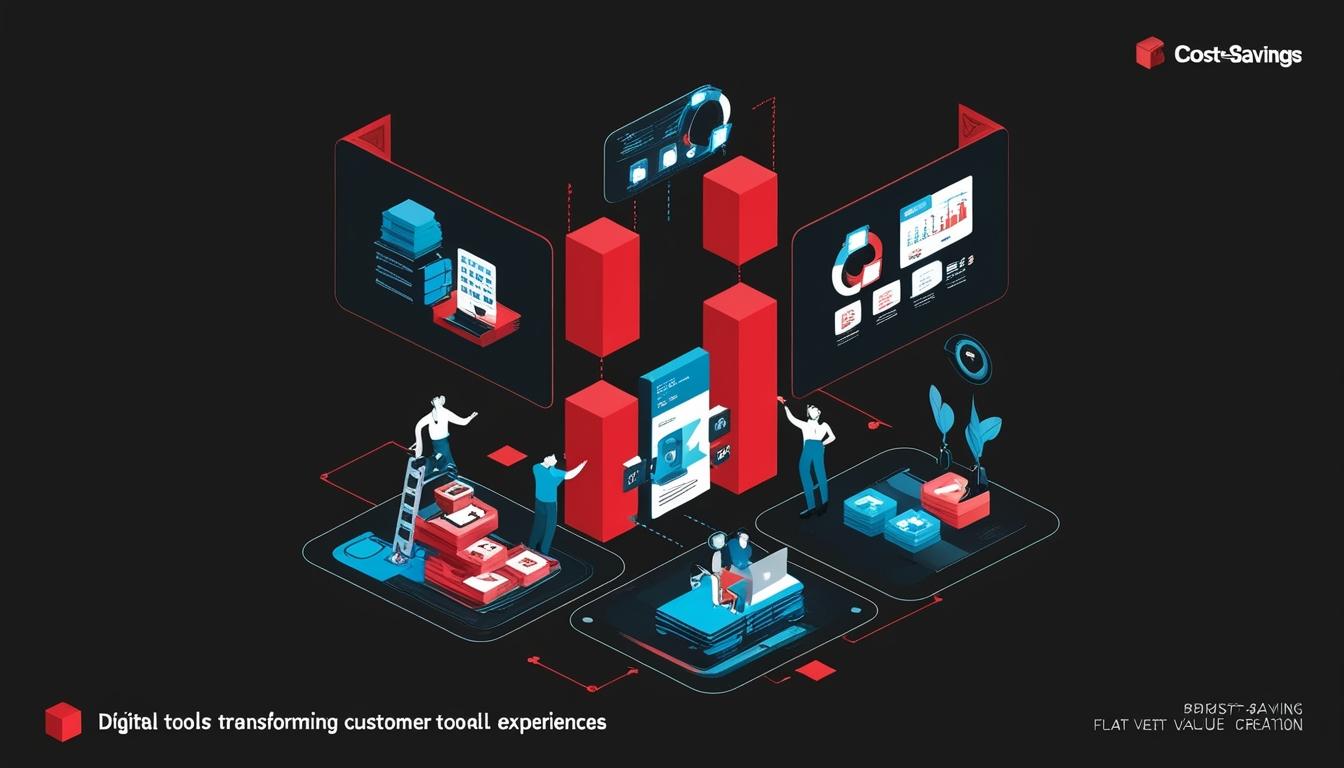For many businesses, digital transformation has been a long-standing goal, yet recent reports reveal that a significant number are struggling to make real progress. According to a study by Gartner, IT departments often dedicate approximately 66% of their budgets to the maintenance of existing systems, leaving only a fraction of resources available for innovation and growth. This allocation suggests a prevalent mindset that regards digital transformation primarily as a means to optimise processes and generate cost savings, rather than as a lever for creating new value.
Matt Redman, Senior Vice President of Strategy at Valtech, has emphasised the importance of a new perspective—experience innovation. He suggests that businesses should transition from merely optimising operations to leveraging digital tools and technologies for value creation. Experience innovation focuses on developing new products, services, and customer experiences that not only enhance revenue but also differentiate a company from its competitors. For instance, a retailer might implement augmented reality features that allow customers to virtually try on clothes, or create engaging in-store experiences that blend digital and physical shopping environments.
Redman noted that, "experience innovation is about using digital advancements to deliver exceptional customer experiences that lead to loyalty and growth", highlighting the potential improvements in customer satisfaction and engagement that could arise from this approach.
According to the IDC's Worldwide Digital Transformation Spending Guide, global spending on digital transformations is projected to exceed £2.6 trillion by 2026, with a compound annual growth rate of 16.3% over five years. However, many organisations still face obstacles to realising the benefits of experience innovation.
Four primary challenges have been identified. Firstly, budget constraints and misaligned priorities often leave innovative projects underfunded and deprioritised. Secondly, siloed organisational structures impede collaboration, making it difficult to create seamless customer experiences. Thirdly, companies sometimes engage in what is termed ‘innovation theatre’, creating the appearance of innovation without actionable plans for implementation, which can erode trust from executive leadership. Lastly, a talent gap remains where many organisations lack the necessary digital leadership and expertise to effectively drive experience innovation.
To overcome these obstacles, companies are encouraged to adopt a growth mindset. While maintaining cost efficiency is crucial, it should not overshadow the need for investment in growth initiatives. Businesses must recognise their digital assets as potential engines for revenue generation rather than mere tools for cost reduction.
Establishing a customer-centric culture is vital in this transformation. This can be achieved by nurturing digital leadership talent, either from within or through strategic hiring. Such leaders can guide the integration of innovation initiatives with overarching business goals and ensure a focus on the complete customer experience.
Looking ahead, sectors such as automotive, financial services, retail, and healthcare are particularly positioned for the benefits of experience innovation. Each industry presents distinct challenges and potential for growth through customer-centric digital solutions.
The importance of innovation in today's market is underscored by the constant evolution of customer expectations, making it essential for businesses to adapt. By bridging the gap between digital transformation and effective business strategies, companies may harness the momentum that experience innovation brings, allowing them to thrive in an increasingly competitive landscape.
Source: Noah Wire Services
